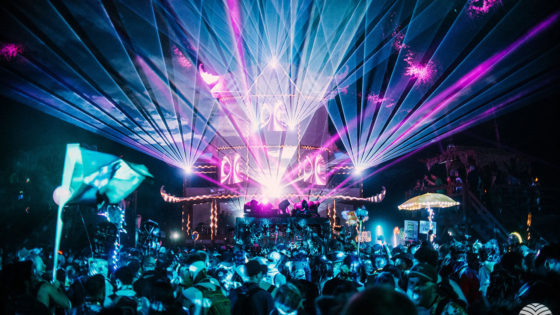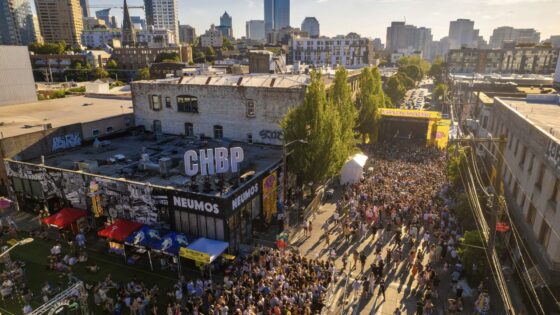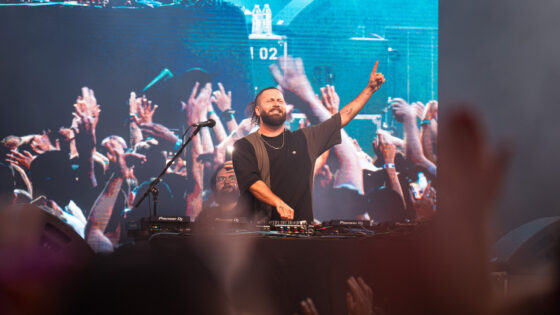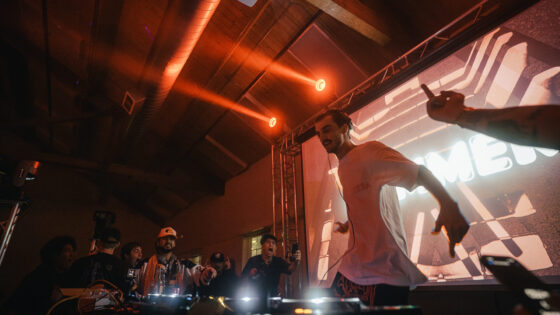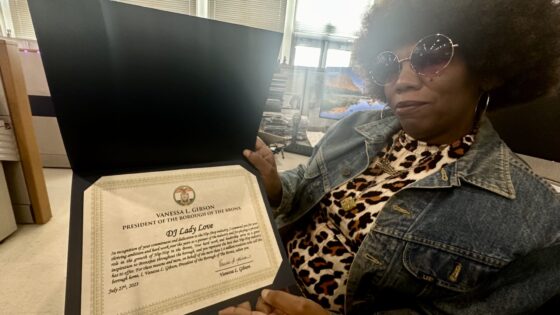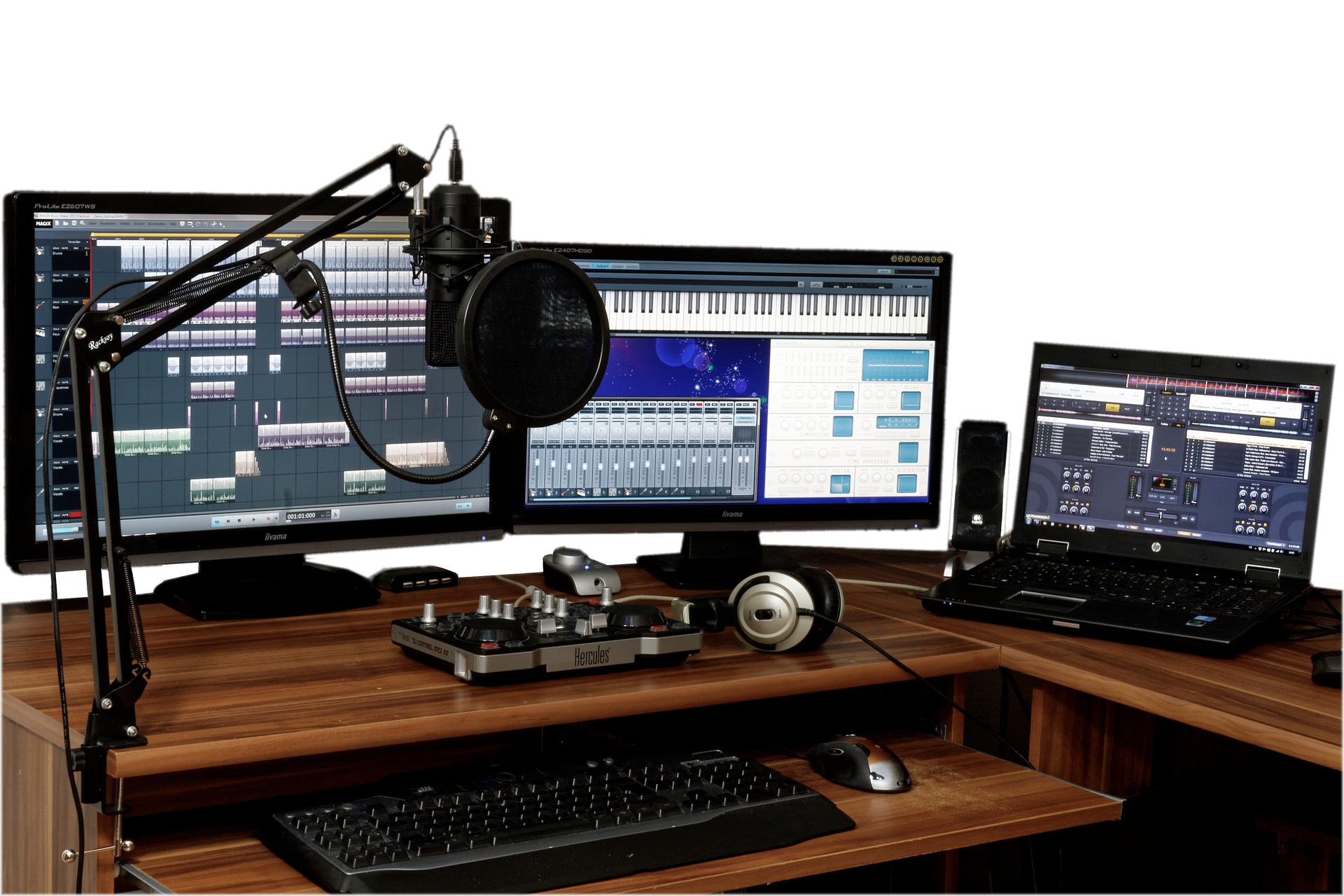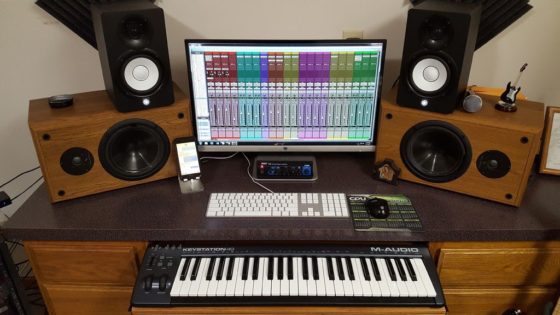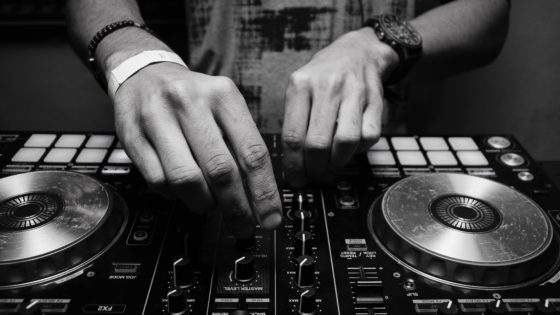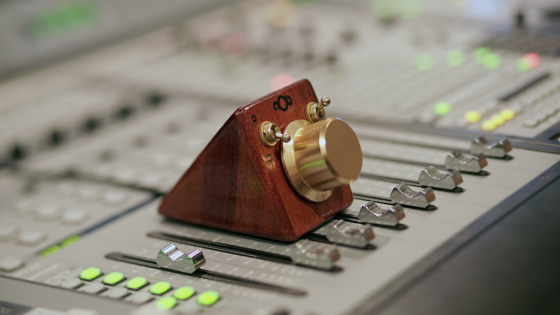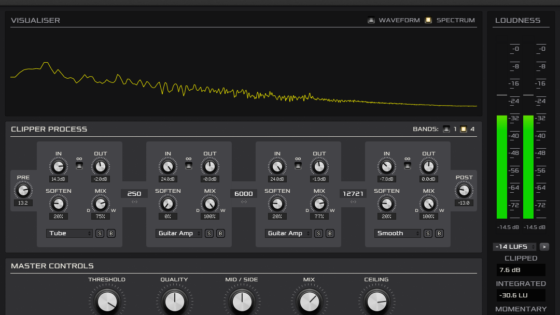Many musicians want to further expand and prepare their studio space for music-making, but are unsure of where to start. You don’t necessarily need new gear to make your studio better.
It’s not about having the most expensive gear, it’s about recognizing what works for you and learning from your studio itself. You can get by with minimal equipment and still make great tracks. The Gorillaz’s album, The Fall, was entirely recorded on an iPad. It’s clearly not about what gear you have, it’s how you use it. Growing as a musician happens outside of your equipment.
In this article, we will highlight the importance of making-do with what you can (with minimal expenditures out of your pocket). We will also address some gear and software that can help elevate your home studio setup.
The Brains of Your Operation
When creating an audio production studio, your computer will be the biggest expenditure by far. If you’re looking to save some money in this area, shy away from Macs. A constantly debated subject amongst musicians is the specific computer brand to make music. However, it really comes down to the computer’s actual specs, not it’s operating system.
It’s exceedingly easier nowadays to install different operating systems on computers. Apple, for instance, has offered Boot Camp on their new computers for quite some time now. It allows you to install and use Windows on your Mac, while still retaining OS X on your device.
On the other hand, there are also many programs available to run OS X on Linux or Windows OS’. Just use whichever one you have at your disposal! Don’t go out and buy a new laptop because Deadmau5 told you to. The room you make music in is much more important that worrying about your computer. Also the means by which you listen to music is just as important! If you can run GarageBand or Audacity on your device, you’re set.
DAWs and Audio Interfaces
There are a number of free DAWs out there, like Audacity and Ardour. They are perfectly suitable for recording and offer a variety of free FX and plugins.
If you are inclined to invest some money in the DAW department, Ableton, FL, Logic, Cubase, Pro Tools and Reason, are some of the industry’s standards. Each offers similar features but are presented in different ways.
DMNW has found that Ableton, FL, and Reason are ideal for MIDI manipulation and their amazing stock synths. Logic, Cubase, and Pro Tools on the other hand, are ideal for recording a live band or for working with audio in general. However, this is absolutely not a rule. Any of the previously mentioned software is more than enough to produce music digitally in all forms.
If you plan on using studio monitors or you want higher audio quality than your 1/8” AUX jack provides, an audio interface is the next expenditure to consider for your studio. It also allows you to record with a microphone or in some cases, record the direct signal of a guitar or synthesizer. This option is totally up to you as the head of your own studio. Think about what you want to record. Do you want to use solely software instruments and audio samples? The choice is yours! Another added benefit of audio interfaces is smoother control of the master volume fader. Something about the tactility of faders and dials makes audio interfaces feel right at home in your studio.
Navigating and Making-Do With Your Room
It feels awful focusing on your equipment or space’s adversities. Instead of focusing on things in a detrimental way, recognize and address the issues one-by-one. This way you don’t get overwhelmed with trivial things, like certain frequencies resonating louder in your room, your computer not being fast enough, or your microphone being a piece of shit. If your microphone sucks for recording some things, find what it does well instead of focusing on only the downside. Addressing these sorts of problems is important for developing as a producer. For instance, if you notice your room accentuates certain frequencies, then turn them down in your mix!
There are a variety of room analysis softwares available to help address your room’s issues, like Sonarworks. While the software and room microphones are relatively expensive, this is a crucial step for professionally-oriented studio creators.
Another option is to use Room EQ Wizard, which is a free analysis software for room and loudspeaker responses. Obviously, your results will vary depending on the quality of your microphone, but this is still a great way to recognize problem frequencies in your room.
Here’s a short but excellent video that offers three different methods of home studio room analysis.
Making Your Studio Work With What You Have
This is just the tip of the iceberg as far as preparing your home studio. Making do with what you have will get you a lot farther than fretting over what’s going wrong in your room. If your computer is too slow to sequence bunches of MIDI instruments or effects, make it a habit of bouncing out audio and saving your instruments as patches. With an iPad or computer, and a pair of headphones, you have more than you need to start making music digitally.
Take the process of analyzing your studio into the future with you. Don’t let the work stop there. Take time to look at your process critically as you move forward and readdress problems as they come up or resurface. We are interested to hear your side of things as well! How do you make your home studio work for you? What are some omnipresent problem areas you notice in studios?
Important things happen in Pacific Northwest nightlife, and DMNW will send you alerts!







